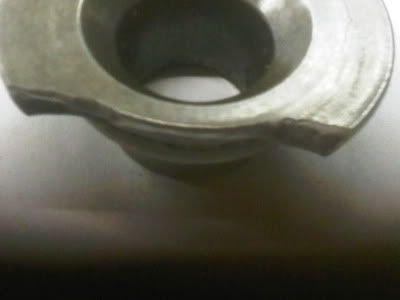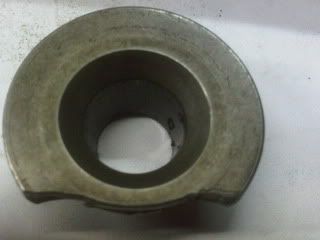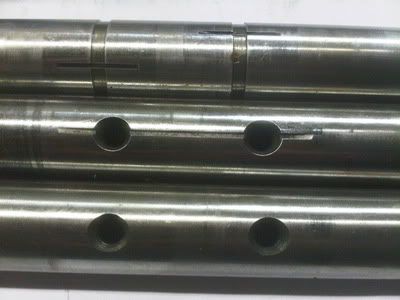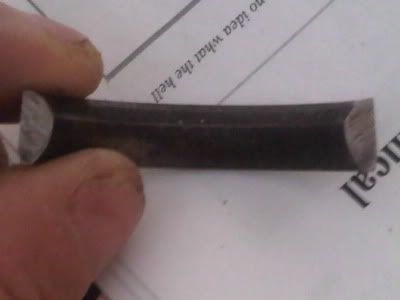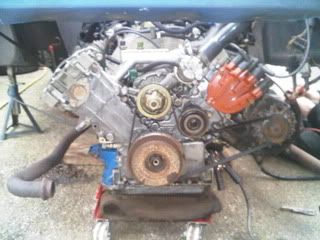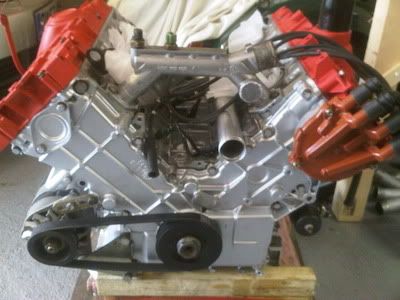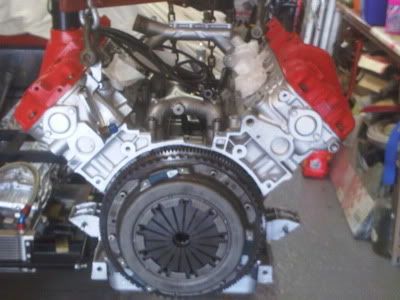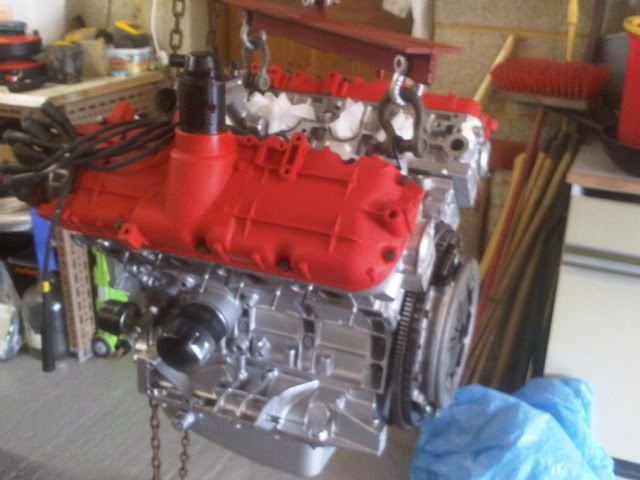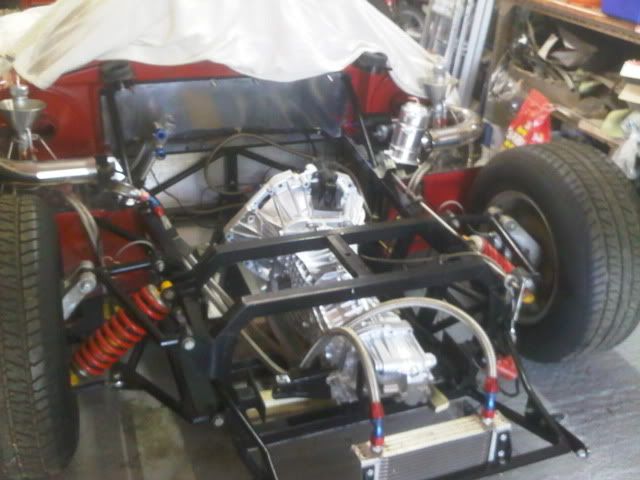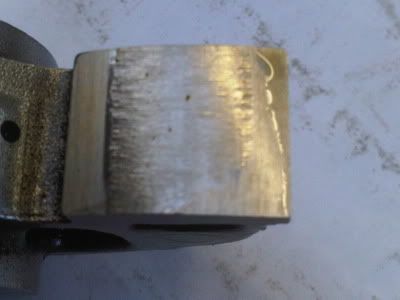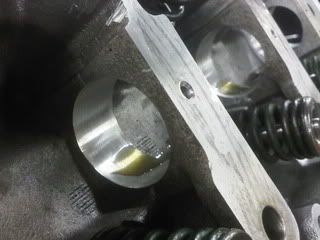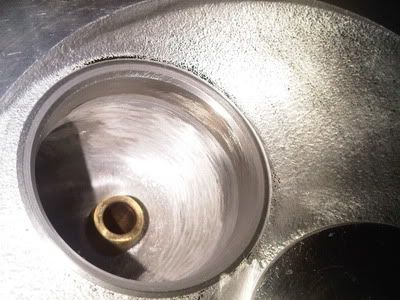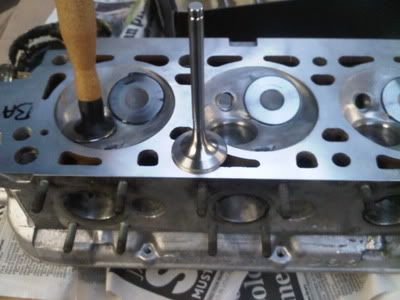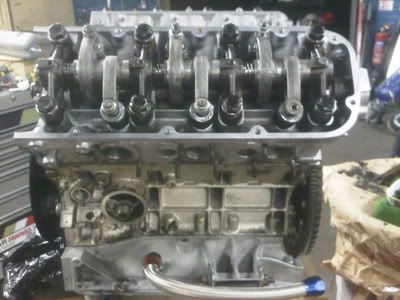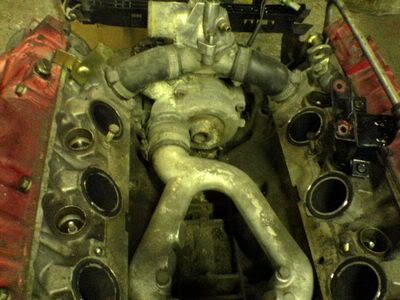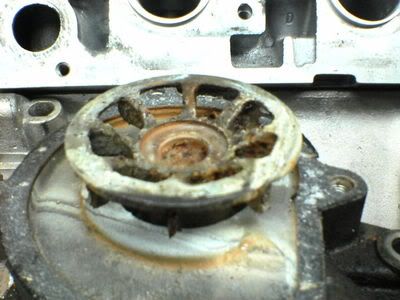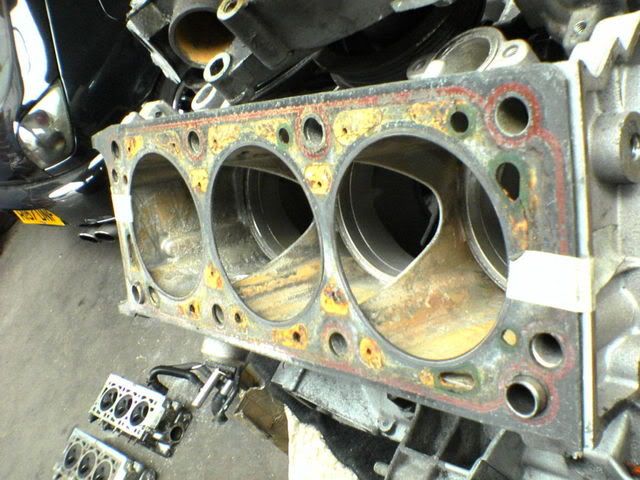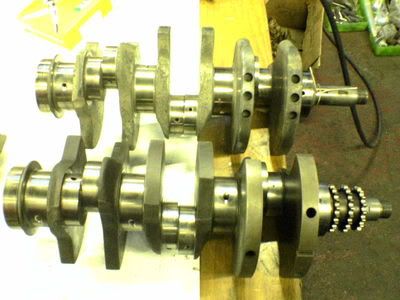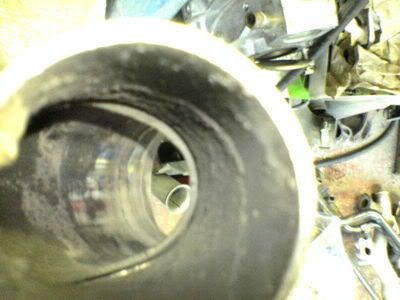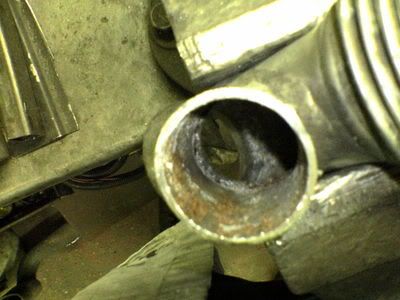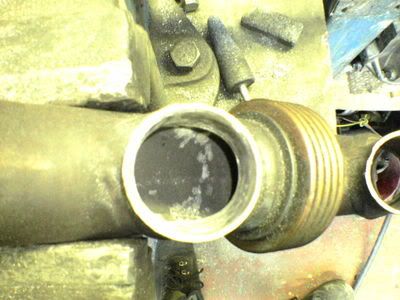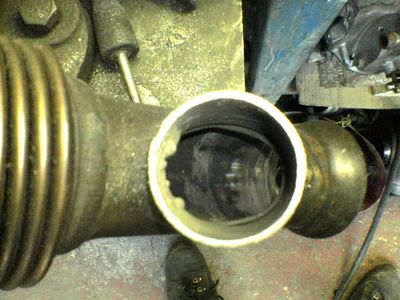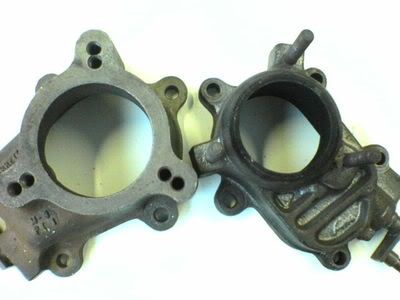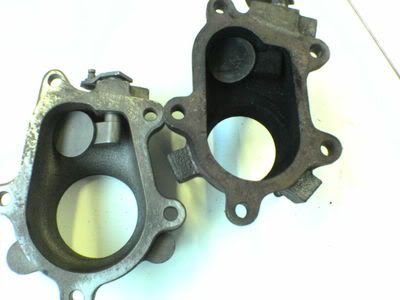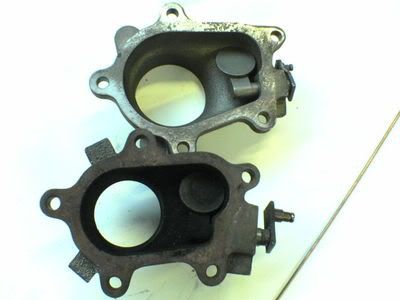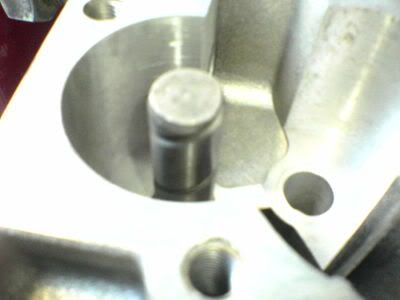P4 replica engine got a top end rebuild for various reasons. Gave it a birthday with new exhaust valves, multi-angle seats, and a quick tidy on the inlet seats… not much meat left from the factory machining (SFX engine code). The owner is getting on well with the build, so hopefully it will be kicking into life soon.
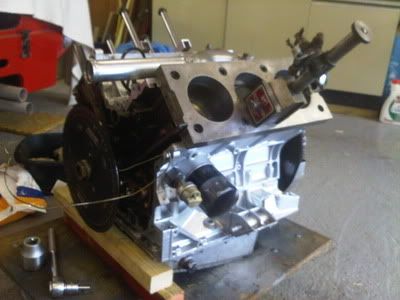
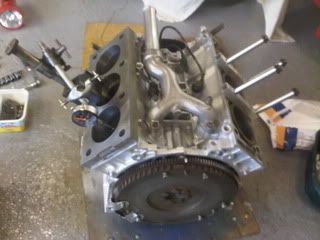
It's nearly all dressed up now, interesting the R30 UN1 gearbox input shaft has a different number of splines...
What else..
Oh… our now ageing 2.5ltr turbo engines, yes they are showing the ravages of time… One nice area of looming failure for those giving their engines more than the occasional blast – valve spring top retainers.. I hinted at this in the other thread, but I have found at least 90% probably more are suffering fatigue (cyclic loading issues with underside stress raisers). I took one to failure out of interest, and the fatigue crack was half way through the retainer cross section… now that’s food for thought…
I don’t use these retainers on my builds, but the designers obviously knew there was an issue, as they changed the design in the later 3ltr engines as you can see below. Unfortunately you can’t make the change, as they are also designed for the smaller diameter valve springs used in those engines.
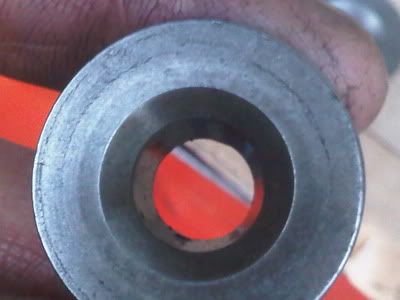
Later design on the left in this photo:
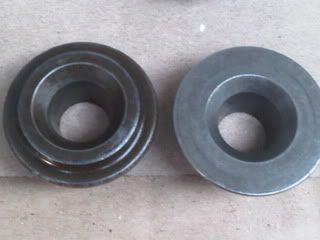
You can see where and how the additional material was added in the later design to increase the core strength around the spring platform 90 deg machining feature.
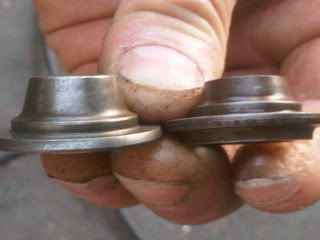
As to a few other things to watch out for… cracked OE turbo headers, see a few of those now.. messes up your fuel mixture, performance etc.. not good really. Watch out for those second-hand parts, as most I’ve looked at or purchased have been u/s for this reason. It’s not really surprising, again it’s right on the cold form stress raisers… just looking for trouble with such a tight angle form etc. So next time your headers come off or the carbon is building around your header tubes next to the head, it’s quite possibly this than the gasket…
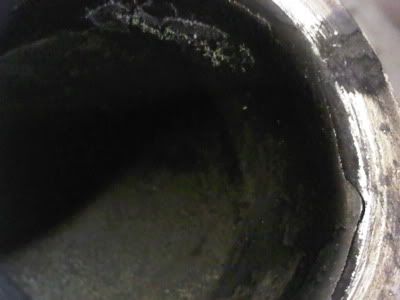
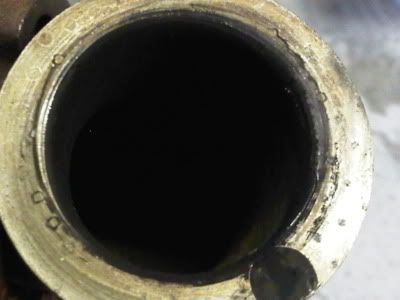
Also worth looking for better head gaskets:
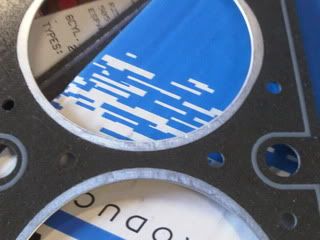
Spot the difference….



